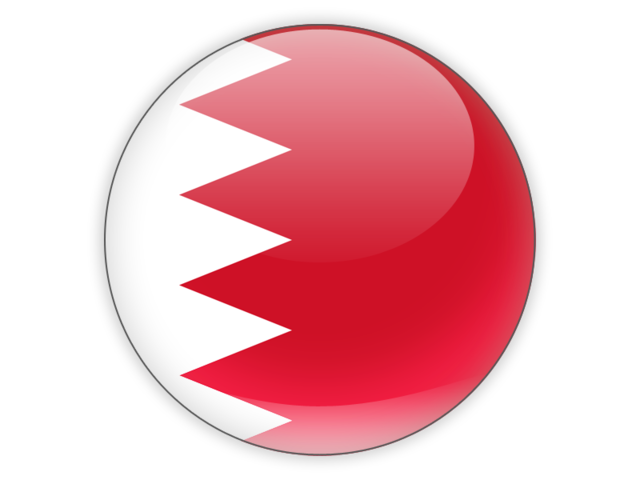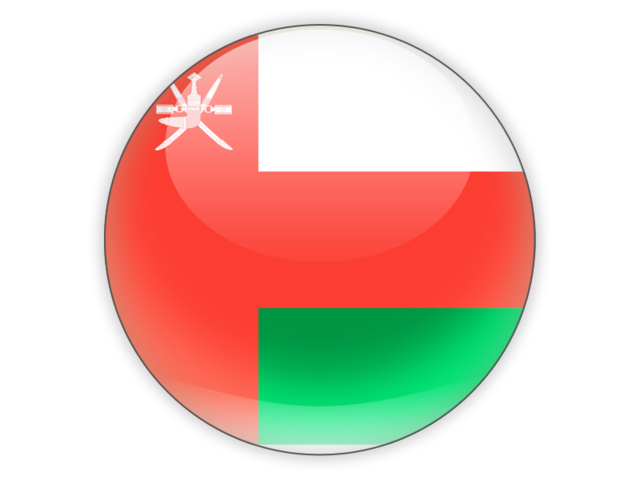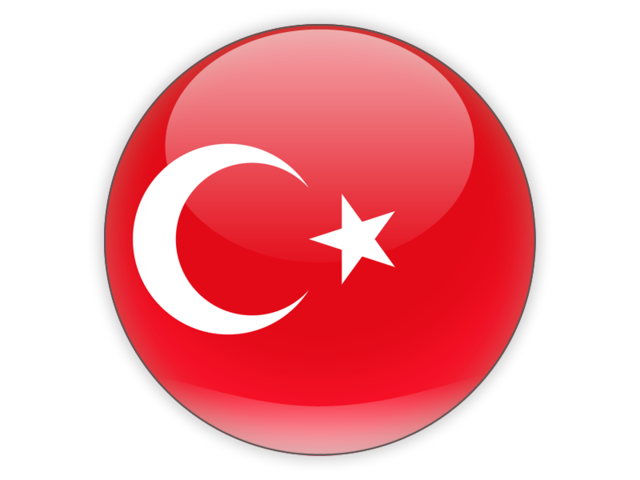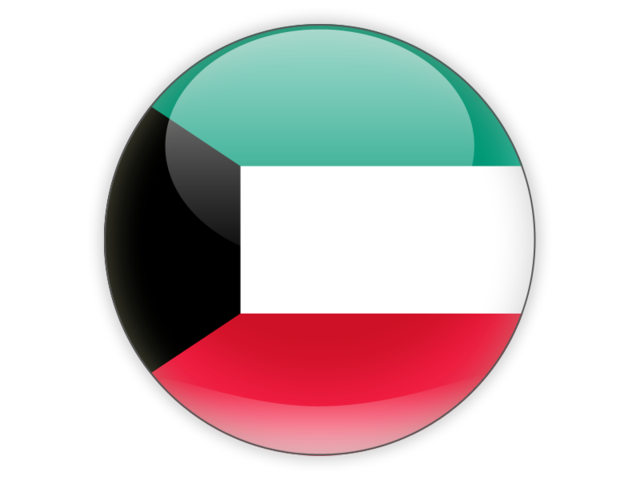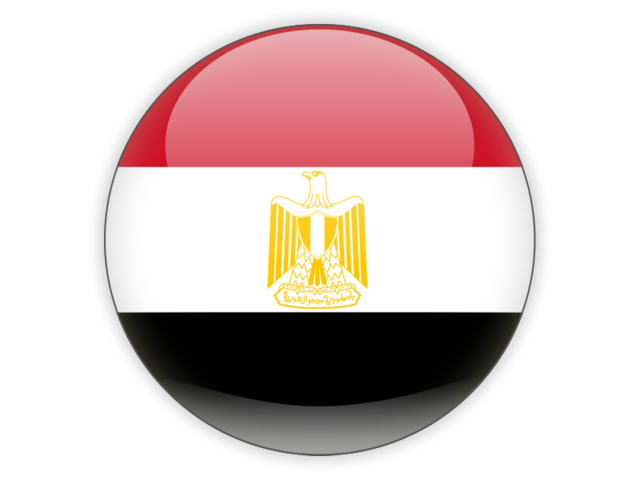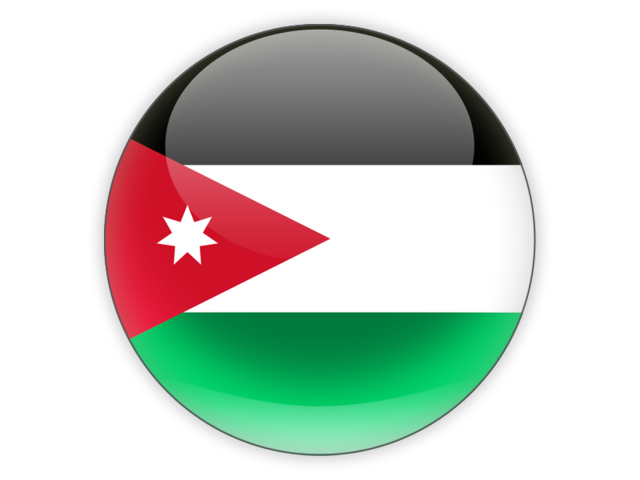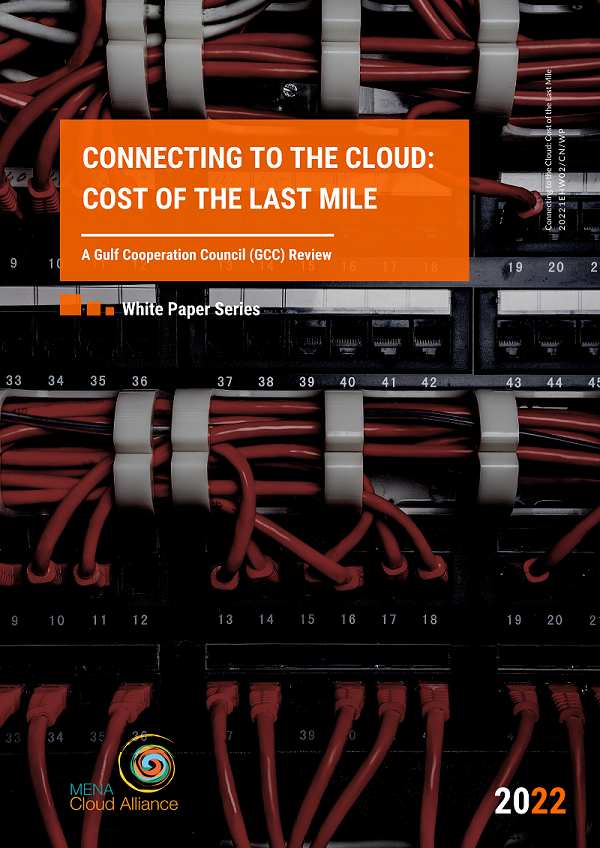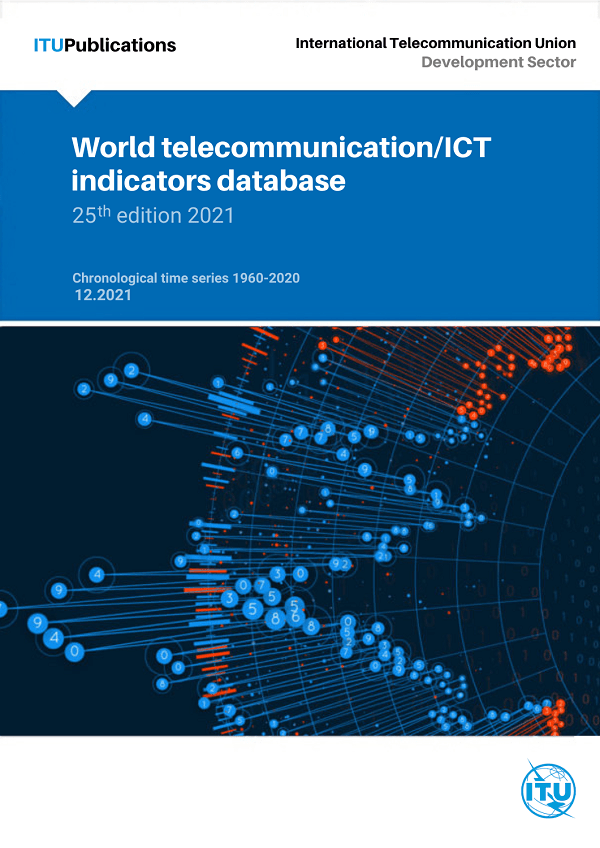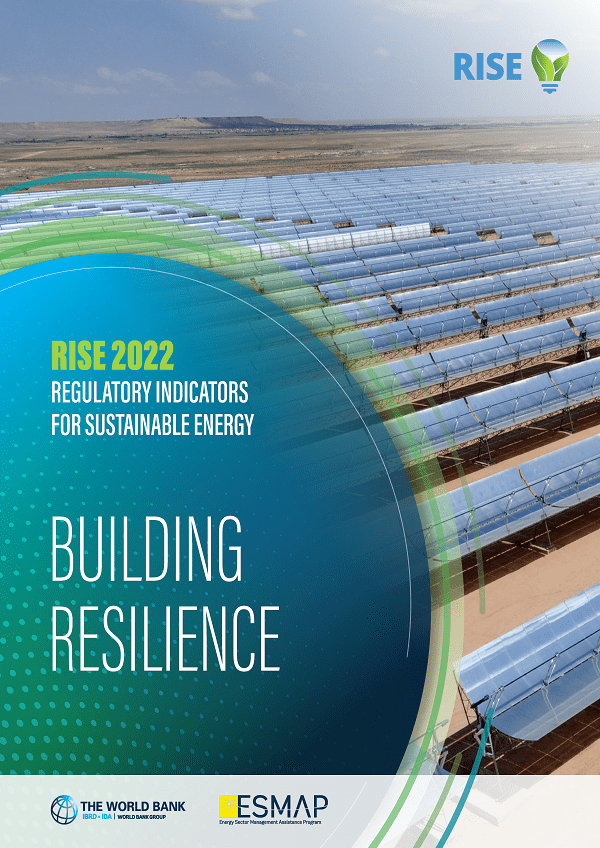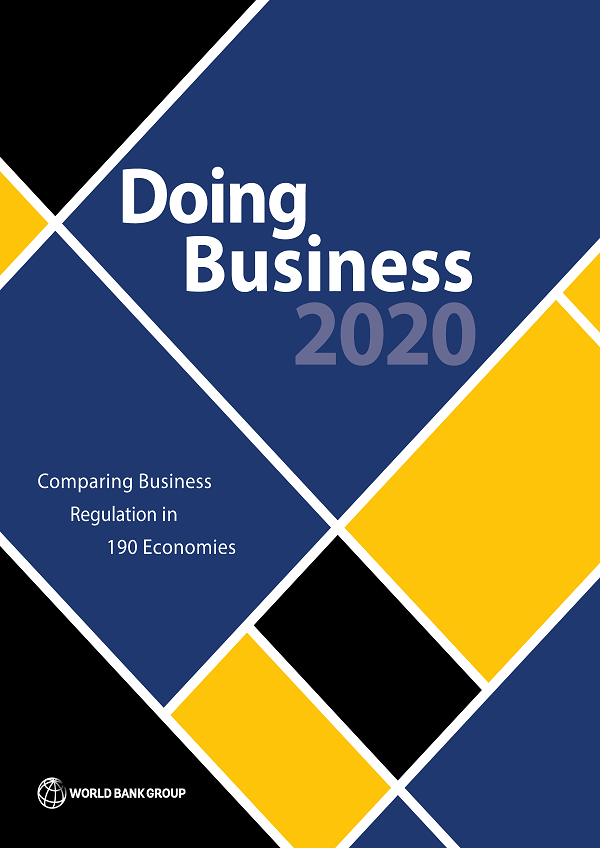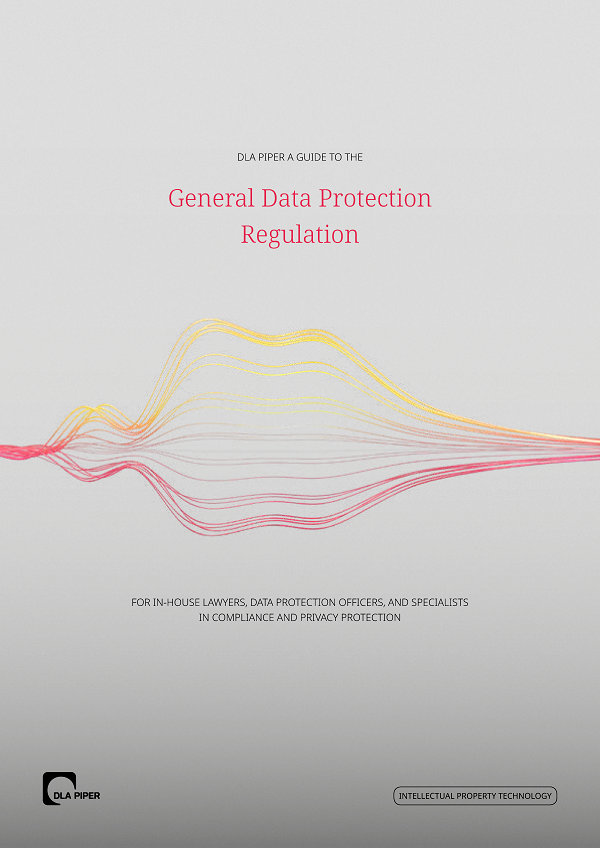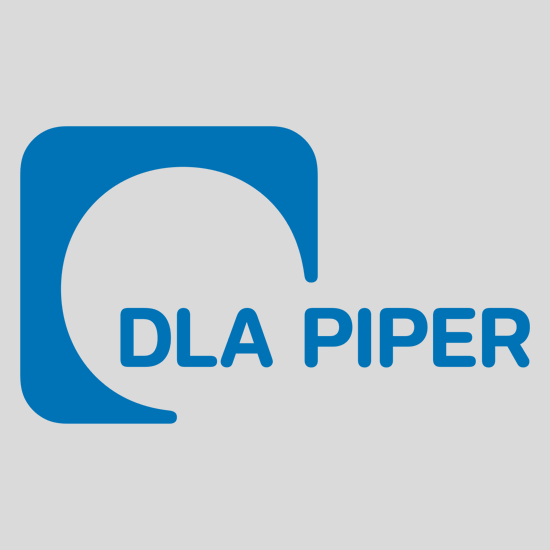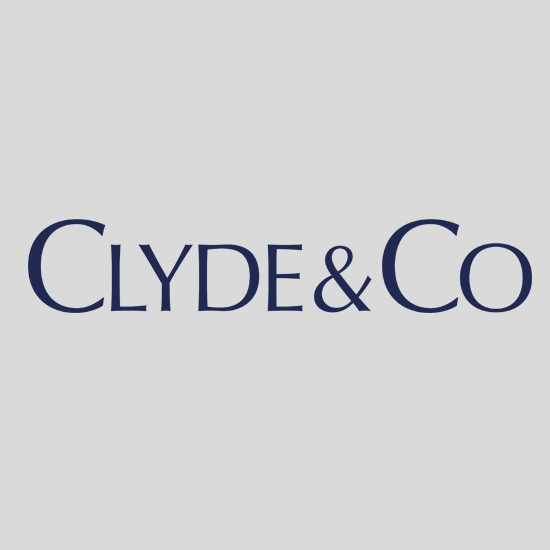| Country | Regulation | Talent | Connectivity | Government | Business |
|---|---|---|---|---|---|
|
United Arab Emirates
Overall: 7.54
|
7.54 | 6.21 | 8.76 | 8.95 | 6.38 |
|
Israel
Overall: 7.35
|
7.34 | 6 | 8.2 | 8.15 | 7.36 |
|
Qatar
Overall: 6.93
|
7.72 | 5.11 | 8.41 | 7.56 | 5.86 |
|
Saudi Arabia
Overall: 6.8
|
7.18 | 5.03 | 7.73 | 8.67 | 5.47 |
|
Bahrain
Overall: 6.44
|
6.69 | 5.06 | 7.5 | 7.54 | 5.47 |
|
Oman
Overall: 6.28
|
6.79 | 4.18 | 7.5 | 8.1 | 5.32 |
|
Turkey
Overall: 5.99
|
4.69 | 4.1 | 7.05 | 8.15 | 5.06 |
|
Kuwait
Overall: 5.59
|
5.28 | 3.91 | 7.52 | 6.65 | 4.59 |
|
Egypt
Overall: 5.54
|
5.52 | 3.84 | 6.64 | 7.04 | 4.7 |
|
Tunisia
Overall: 5.35
|
5.42 | 3.42 | 6.83 | 6.41 | 4.78 |
|
Morocco
Overall: 5.34
|
6.01 | 3.38 | 6.33 | 6.14 | 4.96 |
|
Jordan
Overall: 5.2
|
5.47 | 4.04 | 5.21 | 6.41 | 5.01 |
|
Pakistan
Overall: 4.46
|
4.74 | 3.53 | 4.54 | 5.76 | 4.65 |
|
Algeria
Overall: 4.43
|
4.73 | 3.17 | 5.69 | 3.68 | 4.51 |
|
Lenabon
Overall: 4.3
|
3.49 | 4.28 | 5.64 | 3.46 | 4.71 |
United Arab Emirates Population: 9.89 Million GDP/Cap: 40,711.4 USD
REGULATION Score/Rank
CONNECTIVITY Score/Rank

Omid Mahboubi
Founder - MENACA MENA Cloud Alliance
Haider Pasha
Sr. Director Palo Alto Networks
Arpad Gered
Tech Lawyer MGLP
Andrew Grenville
Founder Orixcom
Georges Haddad
Security Regulatory Lead AWS
Kevin L. Jackson
CEO, GC GlobalNet GlobalNetComputation, Weightings, & Indicators
This section explains our detailed methodology and the structure behind the Cloud Competitiveness Index 2023.
Scores were derived from publicly available and well-recognized data sources, which have been referenced and credited in this report.
Computation and Composition of the CCI2023The latest iteration of our Cloud Competitiveness Index was computed based on successive aggregations of scores, from the indicator level, up to the pillar & domain level, and ultimately to the overall CCI score. The overall CCI2023 score is the average of the five domains - each consisting of underlying pillars weighed based on impact as shown below. For individual indicators, prior to aggregation, original values were transformed into a progress score ranging from 0 to 10, with 10 being the ideal state.
The following section indicates the description of each pillar and the sources from which the original values were derived. An interactive tool has been designed to facilitate the consumption of our data and can be accessed at www.menacloud.org/cloud-index-2023. We encourage our users to refer to the original sources for additional information on the nature of underlying indicators used to build the Index.
Measures the answers to the following questions:
- Is there a cloud first policy in place?
- Are crossborder personal data transfers free of restrictions?
- Is there a data protection law on a national level?
- Is there a regulatory body responsible for National Data Protection?
Source: MENACA Intelligence / DLA Piper / Clyde & Co / Publications by National Authorities Regulatory Quality
Measures the quality of the regulatory environment
in a country and includes the following indicators:
judicial independence,
efficiency of legal framework in challenging
regulations, burden of Government regulation,
efficiency of legal framework in settling disputes.
Source: World Economic Forum Global Competitiveness report 2020
Measures the extent to which a country is
committed to formulating regulatory frameworks
around sustainability and includes the following
indicators: energy efficiency regulation,
renewable energy regulation, and environmentrelated treaties in force.
Source: World Bank RISE 2022
Measures the extent to which IP is protected
within an economy and consists of responses to
the survey question “In your country, to what
extent is intellectual property protected?” [1 = not
at all; 7 = to a great extent]
Source: World Economic Forum Global Competitiveness report 2020
Measures the capacity of a market to
accommodate the workforce and includes the
following indicators: cooperation in labor-employer
relations, flexibility of wage determination, hiring
and firing practices, redundancy cost, active Labour
policies, workers’ rights, ease of hiring foreign
labor, internal labor mobility, effect of taxation on
incentives to work, pay and productivity, reliance on
professional management, female participation in
the labor force, labour tax rate
Source: WEF - Global Competitiveness Report 2020
Measures the quality of skillsets in the market,
especially those that relate mostly to new
technology. The underlying categories and
indicators are:
talent Impact: Innovation output, high-value
exports, software development, new business
density, scientific journal articles - Employability:
ease of finding skilled employees, relevance of
education system to the economy, skills matching,
highly educated unemployment
Source: Global Talent Competitiveness Index 2022
Measures the extent to which talent is nurtured in
an economy and includes the following indicators:
lifelong learning: business masters education,
prevalence of training in firms, employee
development, formal and non-formal studies -
access to growth opportunities: delegation of
authority, youth inclusion, use of virtual social
networks, use of virtual professional networks
Source: Global Talent Competitiveness Index 2022
Measures a nation’s standing when it comes to
the availability & coverage of the internet and
international connectedness and includes the
following indicators: percentage of households
with internet access, percentage of population
covered by mobile networks (3G), percentage of
population covered by mobile networks (LTEWiMAX), international internet bandwidth (bit/s)
per internet user
Source: World Telecommunication/ICT Indicators Database 2021 (as of 30 July 2021)
Measures the utilization rate of broadband
connections and includes the following
indicators: mobile-cellular telephone
subscriptions, fixed broadband Internet
subscriptions, active mobile-broadband
subscriptions per 100 inhabitants, internet users
Source: World Telecommunication/ICT Indicators Database 2021 (as of 30 July 2021)
Measures the broadband cost in a country and
includes the following indicators: mobile tariffs,
handset prices
Source: World Telecommunication/ICT Indicators Database 2021 (as of 30 July 2021)
Measures the Online Service Index (OSI) section of
the overall E-Participation index. The OSI is a tool
to measure the availability and accessibility of
online government services. The assessment
questions have been organized into five thematic
areas, forming five subindices: institutional
framework, services provision, content provision,
technology, and e-participation. The overall OSI was
then calculated based on the normalized values for
each subindex.
Source: E-Government Survey 2022
Measures the level of commitment to cybersecurity
from a country perspective. It helps countries
understand their commitments to cybersecurity,
identify any gaps, promote the implementation of
good practices, and offer insights for improving
their overall cybersecurity posture. The Index maps
82 questions on cybersecurity commitments across
five pillars: legal measures; technical measures;
organizational measures; capacity development
measures; cooperation measures.
Source: Global Cybersecurity Index 2020 (ITU)
Measures the extent to which a country is prepared
for the future and includes responses to such
questions as 1) “In your country, how fast is the
legal framework in adapting to digital business
models (e.g. e-commerce, sharing economy,
fintech, etc.)? ‘’In your country, to what extent does
the government ensure a stable policy environment
for doing business?”, “In your country, to what
extent does the government respond effectively to
change (e.g. technological changes, societal and
demographic trends, security and economic
challenges)?”; and,“In your country, to what extent
does the government
have a long-term vision in place?"
Source: WEF - Global Competitiveness Report 2020
Measures the size of a country's public cloud
market as well as the strength of a country’s
product market and includes the following
indicators: distortive effect of taxes and
subsidies on competition, extent of market
dominance, Competition in services, prevalence
of non-tariff barriers, trade tariffs, complexity of
tariffs, efficiency of the clearance process,
Service trade openness
Source: WEF - Global Competitiveness Report 2023 / Public Cloud - Worldwide 2022 Statistia
Measures the extent to which an economy is
capable of innovation and includes the following
indicators: diversity of workforce, state of cluster
development, international co-inventions,
multistakeholder collaboration, scientific
publications, patent applications, R&D
expenditure, research institute prominence, buyer
sophistication, trademark applications
Source: WEF - Global Competitiveness Report 2020
Measures the dynamic nature of a country’s
business environment and includes the following
indicators: cost of starting a business, time to
start a business,
insolvency recovery rate, insolvency regulatory
framework, attitudes toward entrepreneurial risk,
willingness to delegate authority, growth of
innovative companies, companies embracing
disruptive ideas
Source: WEF - Global Competitiveness Report 2020 / Doing Business 2020
NORMALIZATION & BENCHMARKING
As parameters used in the index had different units and scales, any parameter that did not use a 10-point scale was normalized to make the values comparable. For example, Intellectual Property Protection, from the WEF Global Competitiveness Report, had a rating of 1 to 7 for each country and was thus normalized applying the following formula: $$x = {x - min(x) \over max(x) - min(x)}*10$$
It is important to see the scores of the Index not as stand-alone metrics, but measurements in context. Average scores for all domains and the best scores from the data points were presented for comparison purposes.





